Eremurus: description and varieties, planting and care
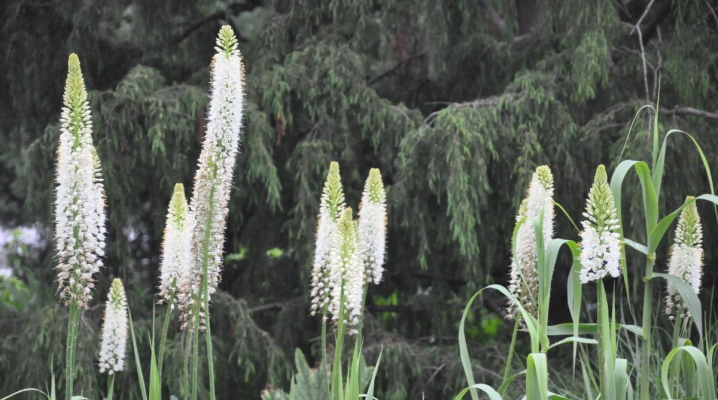
Eremurus is an early flowering plant that is popular with flower growers. This flower is often used as a decoration of a spring flower bed, since mostly stunted plants bloom in most of the time at this time of the year, and eremurus can be used as a bright accent. In the article, we will consider the description and varieties of eremurus, as well as the subtleties of planting and care.
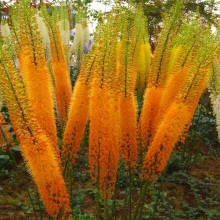
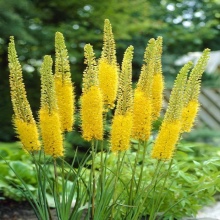
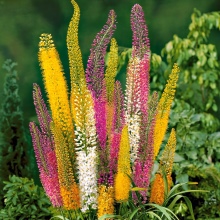
Peculiarities
Eremurus is a perennial herb with an attractive appearance. The flower received this name due to the combination of two words of the Greek language, which have such a translation as "tail" and "desert".
It was the unusual appearance of the flower that led to the name Eremurus - tall peduncles in bright colors.
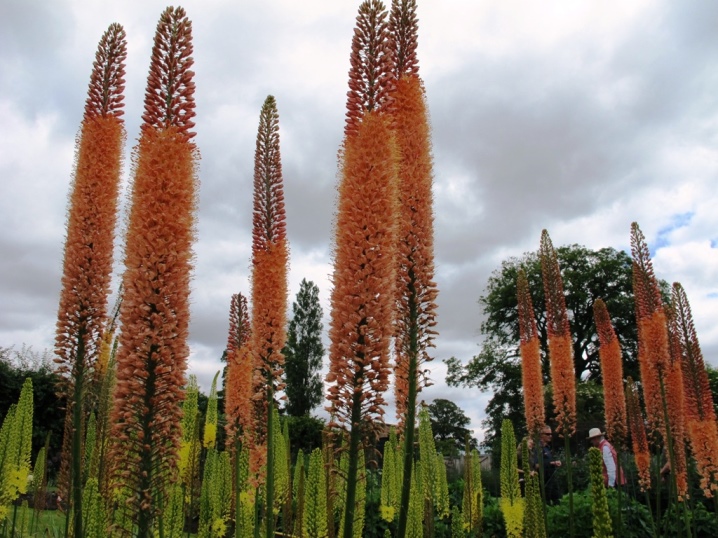
The plant also has other names: shiryash, shrysh, which means glue. The fact is that the roots of this flower were used to create glue - as a result, these names also "attached" to the plant. It should be taken into account that the roots of the eremurus are also used for the manufacture of the patch, they are pre-dried and crushed. The roots can be eaten, as can the leaflets of certain varieties - after boiling, their taste resembles asparagus. Eremurus can be used to dye natural fibers yellow.
The description of the perennial was first mentioned in 1773 in the records of P. Pallas, a famous researcher. In the middle of the 19th century, they began to grow these flowers in Russian botanical gardens, as well as in various countries in western Europe. Already at the beginning of the 20th century, the first hybrid was obtained. Breeding work does not stop today.
The "highlight" of the plant is an unusual root, since it differs from the usual form - in many ways it resembles a starfish. The cornedonce has a disc-shaped shape and is 13 cm in diameter, spindle-shaped or cylindrical roots emerge from it, they are characterized by fleshy and twisted, directed in different directions. Sheet plates are presented in huge numbers. They are triangular-linear and flat, and can also be wide or narrow.
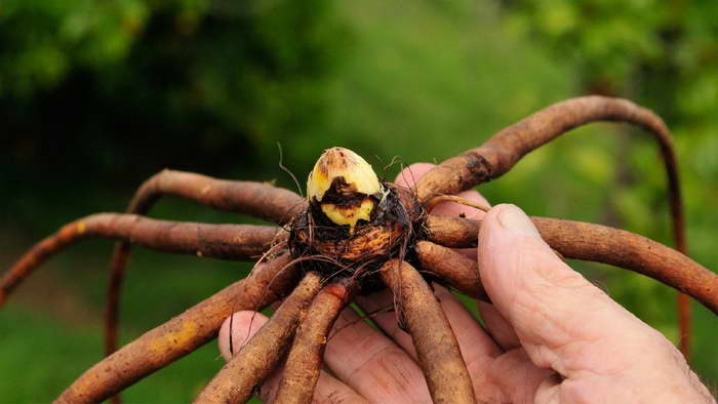
The cystic inflorescence deserves special attention. It is quite large, because it reaches a length of 1 m. The inflorescence is located on a single shoot without leaves. Bell-shaped flowers grow in a spiral. They are presented in various shades. Each bud blooms for about a day, after which it fades. The opening of the flowers begins at the bottom of the inflorescence. In general, the flowering period can last from 10 to 40 days.
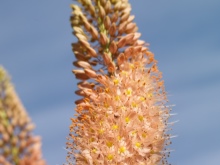
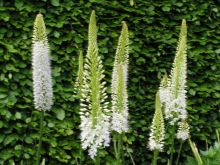
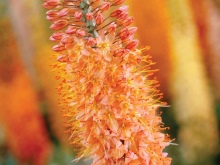
The fruit is presented in the form of a spherical capsule, while its surface can be either smooth or wrinkled. When the fruit is ripe, it starts to crack. Wrinkled seeds are triangular, with one wing transparent.

Types and varieties
Shiryash has many varieties. Let's take a closer look at the most popular ones.
- Albert. This variety is commonly found in Turkey and Kabul. The bush has a length of 120 cm. On a bare stem, there are straight shoots extending upward. The inflorescence has the following dimensions: 12 cm in diameter and 60 cm in height. This variety was obtained back in 1884 and today is one of the brightest.
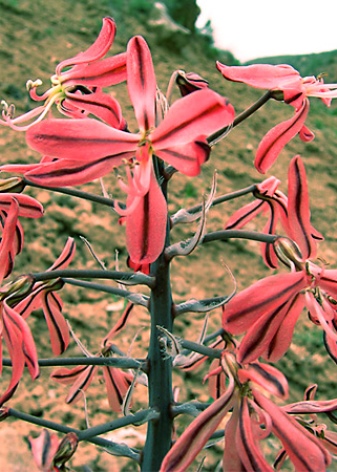
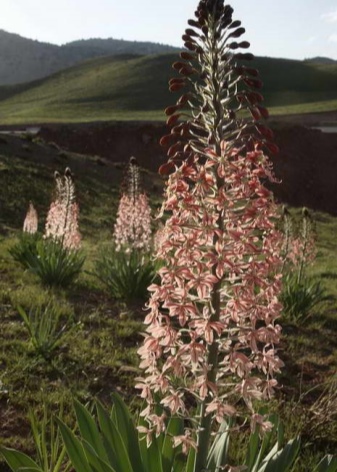
- Echison. It grows in mixed forests, its "neighbors" are walnuts, maples and pistachios.The Echison variety is one of the earliest, but flowering and ends faster than the rest. On the glossy stem are rich green wide leaf plates (18–27 pieces). There is slight pubescence at the base of the stem. The tasselike peduncle grows more than 1 meter in height and 17 cm in diameter. On average, 130-300 flowers can form on one brush.
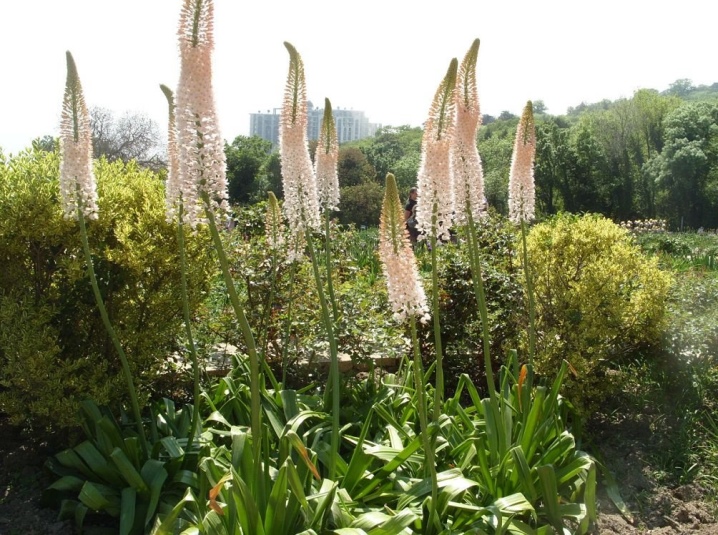
- Olga. This is one of the most common varieties. The bush does not exceed 150 cm in length. The dark gray roots are cylindrical and pubescent. This variety is characterized by the presence of up to 65 leaves on the stem with a bluish bloom and roughness. The dark green stem grows up to 100 centimeters long. The inflorescence is no more than 0.6 m in height and up to 0.15 m in width.
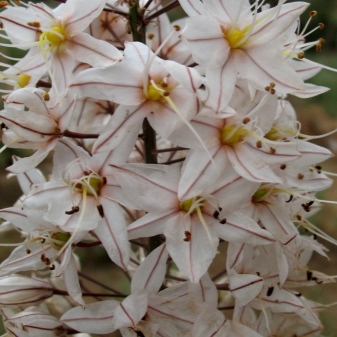
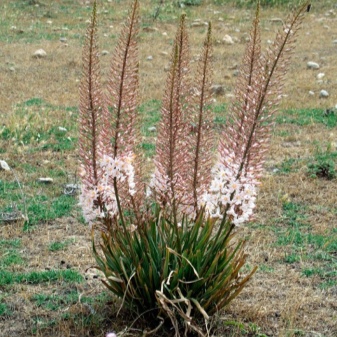
- Powerful. This variety has brown roots and broad, dark green leaves. The inflorescence can grow up to 120 cm. It consists of almost a thousand flowers of light pink or snow-white color.
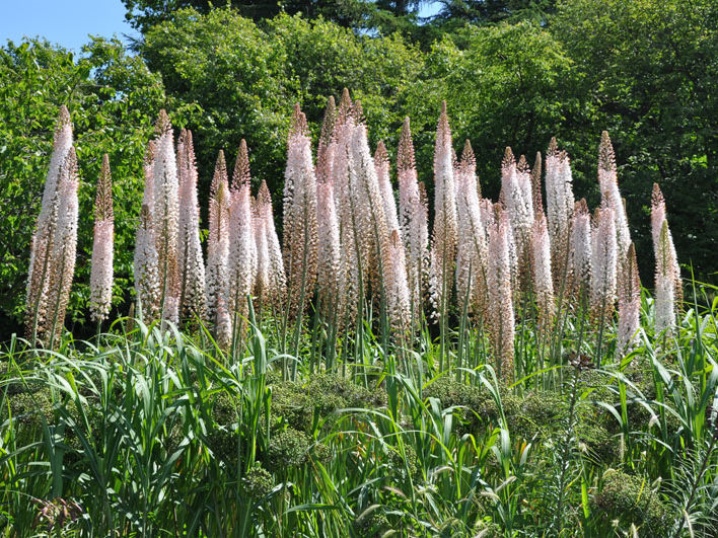
- Narrow-leaved or Bunge. The plant grows in rose gardens, feels great in forests, where walnut, cherry plum and maple are adjacent to it. The height of the bush is 170 cm. The roots look like a cord. The green stem is glabrous. The brush-like bloom looks like a cylinder. It reaches 5 cm in diameter and 65 cm in height. Yellow-golden inflorescences are located on each stem in an amount from 400 to 700. Their diameter is 2 cm.
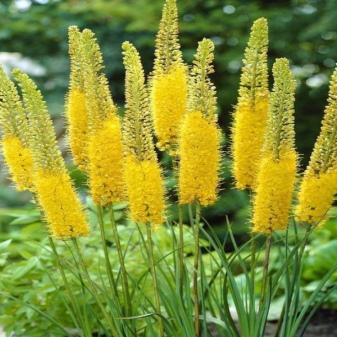
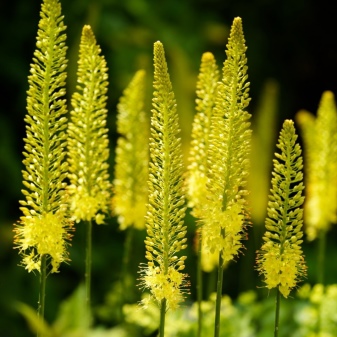
This variety was cultivated back in 1883. The variety is ideal for garden decoration or for creating a bouquet.
In addition to the varieties described above, the following well-known varieties are worth noting:
- white-flowered;
- Crimean;
- yellow;
- Himalayan;
- Altaic;
- Shelford;
- Korinsky;
- Junge;
- "Romance";
- "Foxtrot";
- Roford;
- citric;
- hybrid and so on.
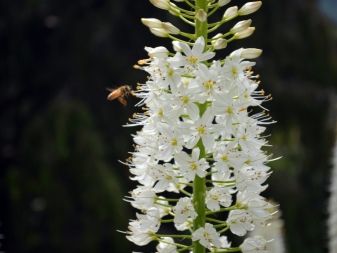
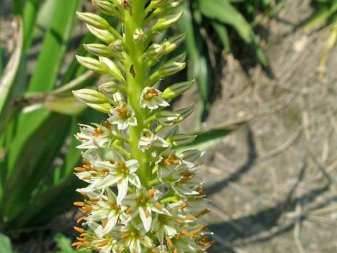


When the Bunge and Olga varieties were crossed, quite a few Shelford hybrids appeared. Flowers can be varied in color, ranging from yellow-orange to white. For example, Flowers "Moonlight" are pale yellow, "White Beauty" - snow-white.
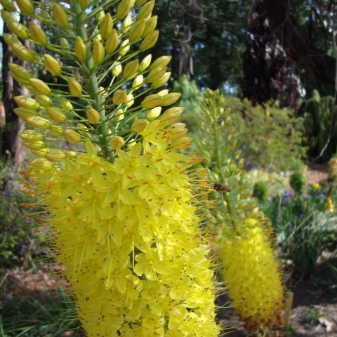
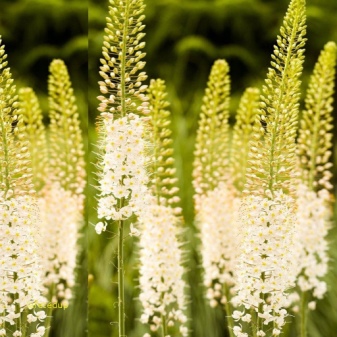
When crossing the Eremurus Isabella, many hybrids were formed called Ruiter hybrids. There are several of them.
- Cleopatra. It appeared in 1956. The Cleopatra plant is 120 cm long. The flowers are presented in a rich orange color.
- Pinocchio. This variety was created in 1989. Outwardly, the flowers are gray-yellow, but the stamens are painted cherry red. This variety grows up to 150 cm.
- "Obelisk". It was received in the same year as Cleopatra. The stem length does not exceed one and a half meters. Snow-white flowers attract attention with an emerald center.
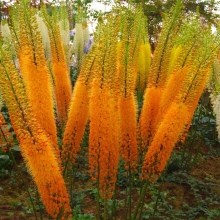
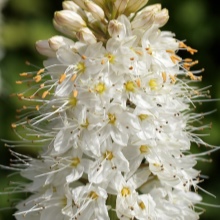
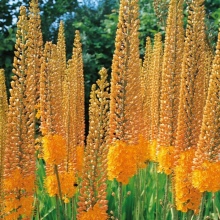
Growing seedlings
To grow eremurus seedlings, you should adhere to simple recommendations and tips from florists.
Sowing
Already in the spring, seeds are sown in open ground. After the seedlings appear, they must be planted, maintaining a distance between the bushes of about 30-60 cm.
Experienced gardeners are more inclined to grow eremurus using seedlings.
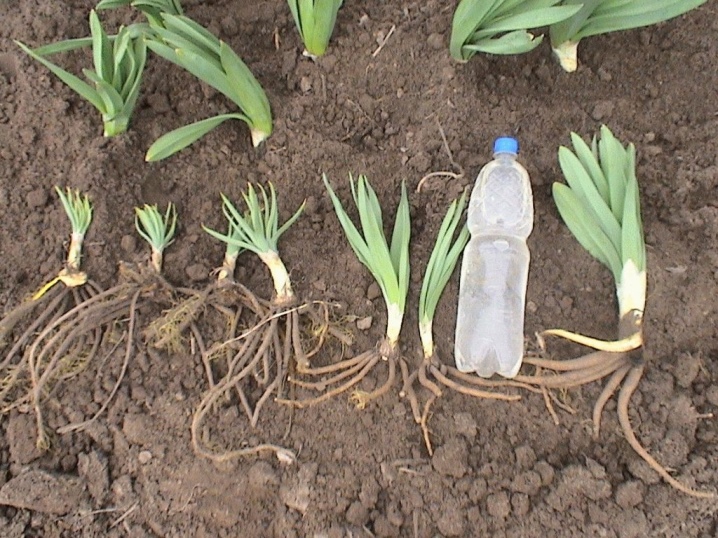
Seedling content
To obtain seedlings, seeds should be planted in the ground in the fall. Under the seedlings, you will need a container with a depth of 12 cm. The seeds should be deepened by 10-15 mm. The pot with them must be placed in a cool place where the air temperature will not exceed +15 degrees. With the arrival of heat, sprouts should be visible in the containers. Do not expect sprouting from all seeds, because some of them will be able to manifest themselves only after 2 years.
Seedlings need to be watered every day, and watering should be greater when compared with an adult Eremurus. At the beginning of autumn, each plant should be transplanted into a separate pot, after which the container should be taken out to fresh air. Before freezing, they will need to be insulated with compost or foliage. Lay a layer more than 20 cm for reliable frost protection. And in the spring it will be possible to completely remove the shelter of the plants, but the air should be warmed up by that time.

Applying the above measures, seedlings are grown for about 3 years. Next, you need to plant the Cornedonians in the open ground.
After the appearance of the ground part, the eremurus bushes need the same care as the adult representatives.
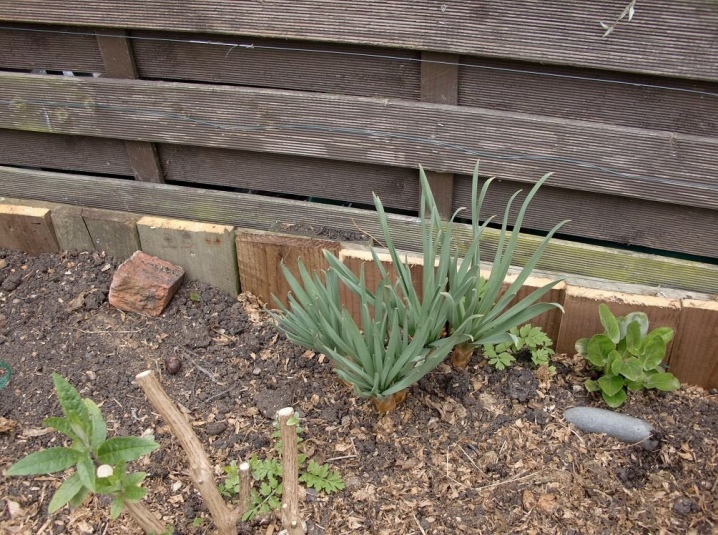
How to plant in open ground?
To properly plant the eremurus on the site, it is worth dwelling in more detail on several important points.
Optimal timing
Open-air planting is best done in the fall, regardless of whether the seedlings were purchased or grown with your own hands. The landing site should be well lit, and also contain drained soil, since the eremurus begins to feel bad when the water is stagnant. It should be noted that the plant can withstand even strong winds, because its stems are quite powerful.
If we consider the growth of eremurus in the wild, then it usually grows on the plateau. It is impossible to say for sure which soil will be better.

Fundamental rules
Planting or transplanting a shiryash should be done according to certain rules. To begin with, it is worth examining the place where the plant will be planted. Groundwater plays an important role. If they run quite high or the soil is characterized by low permeability, then it is worth making a drained flower bed.
In the form of drainage, it is necessary to use crushed stone or gravel, although pebbles are also possible. On top of the drainage, it is worth pouring neutral or slightly alkaline soil (the layer should be about 0.4 meters). This soil should include turf and humus in a 3: 1 ratio, as well as some coarse sand or small pebbles. Next, we prepare a pit for landing. Its depth should be 25–30 cm. It is enough to fill the bottom with a drainage layer of only 5 cm, then the soil mixture is poured.
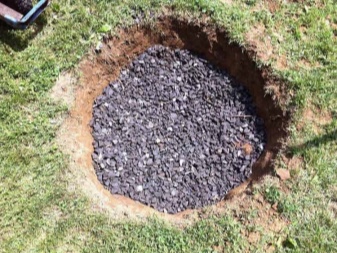
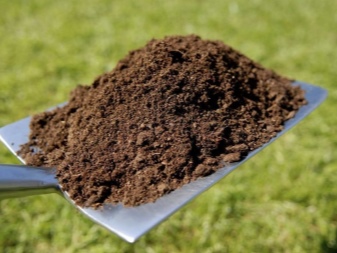
It is necessary to carefully place the Cornedonce in the center and straighten all the roots, while they should be directed in different directions. It is allowed not to remove the plant from the pot, but to transfer it with a lump of earth to the planting hole. The bulbs should be buried only 5-7 cm.
When planting small varieties of eremurus, the distance between seedlings should be 25-30 cm, and between large ones - 40-50 cm. But the width between the rows should be 70 cm. After planting, the plant must be watered. It is worth emphasizing that eremurus grown from seed will be able to decorate the garden with its flowering only after 4-7 years. But it should be noted that the soil should not be fertilized, because in this case the plant will begin to actively increase the green mass and will no longer have the strength to form peduncles.
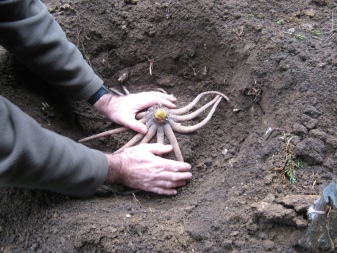
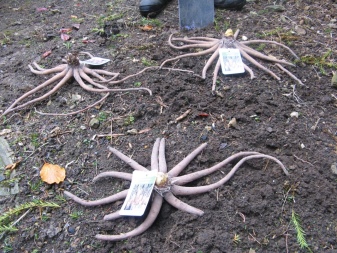
How to take care of it properly?
Shiryash does not need special care, but it is worth adhering to the general rules.
Watering
Water from March to July if dry. With regular precipitation, the plant does not need additional moisture.
In July, flowers appear on the plant, after which it does not need watering, it should be completely stopped.
Top dressing
Top dressing plays a huge role for the plant. In late autumn, it is recommended to pamper the plant with superphosphate, while 40 grams per 1 m² is enough. Already in the spring, it is worth applying a complex fertilizer, while 50 grams will be required per 1 m², and it is also worth adding compost or rotted manure - 6 kg per 1 m². If the soil is poor, then before flowering eremurus should be fed with ammonium nitrate - only 15 grams per 1 m² is required.


It is necessary to limit the application of nitrogen and manure, since with an increased amount of these substances, the eremurus becomes vulnerable to both frost and various diseases.
Seed collection
Seeds should be collected exclusively from the bottom of the plant. Initially, it is worth deciding on two inflorescences, then carefully trim it by one third. It is worth noting that the fruits turn a beige color when they begin to ripen.
Seeds should be harvested in the second half of August. Cut and shortened inflorescences should be placed in a dry and ventilated room so that they can fully mature there. Already in the middle of autumn, you should take a piece of newspaper and carefully rub the dry boxes over it, then all the seeds will fall on the paper. After that, it remains to blow the seeds, and they are ready for sowing.
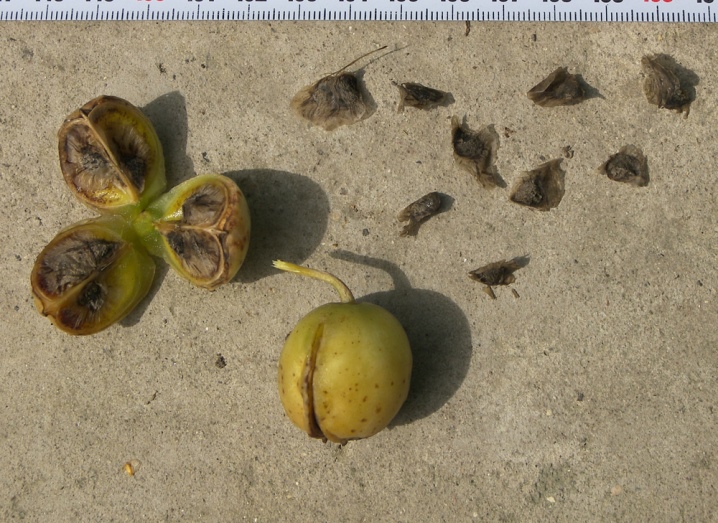
Wintering
Eremurus is characterized by frost resistance. But it should be emphasized that some varieties are thermophilic, they must be covered for the winter - both compost and peat are suitable for this, while the layer should be from 10 cm.
If you dig up the Cornedonce in the summer, then you should not keep it until spring, because with the arrival of heat it will begin to grow even without planting. Therefore, it should be planted in the garden in the fall, and then covered with a layer of peat. This option is perfect for insulation in Siberia. In regions where there is little snow, spruce branches should also be used. When the frost has already passed, then the "insulation" should be removed. If the frosts suddenly return, then the lutrasil covering material will help to save the seedlings.
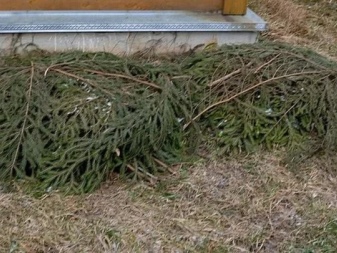
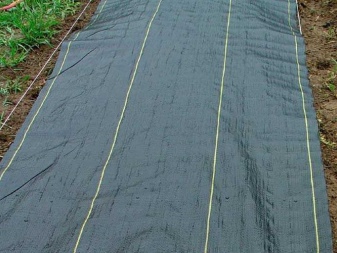
Reproduction methods
Eremurus can be propagated using seeds, this method is called generative. But many gardeners also resort to the vegetative option. It happens that in spring, several smaller outlets are formed near the main outlet - they are daughter buds. They have both a bottom and roots. For reproduction, children should be separated from the adult mother's body, and the damaged areas should be sprinkled with ash and dried. After that, it is worth dropping the children into open ground. To separate the daughter kidney, use a slight pressure, if this does not help, then the baby should be left in place for another year.

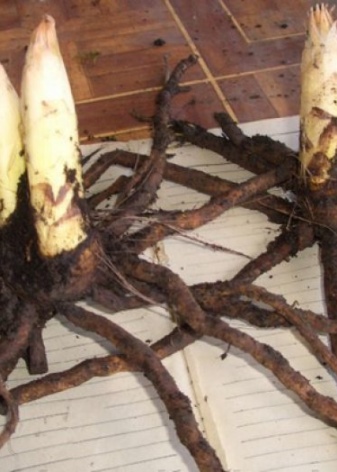
Gardeners recommend using one trick - to divide the Cornedonian before planting. It is necessary to cut it in such a way that several roots remain on each part. Places of cuts are sprinkled with wood ash, after which you can proceed to planting. After a year, each part will form buds and roots and will be capable of new division.
The division of an adult bush is allowed only once every 5–6 years.
Diseases and pests
Eremurus is often sick and is attacked by pests. He needs special protection. The plant suffers from aphids and thrips, moles and slugs, and even mice. Only the treatment of bushes with insecticides can protect the plant from harmful organisms. To get rid of slugs, you need to remove them manually. With a large number of them, bait can be placed nearby. For making, you should take bowls and pour dark beer into them, and then arrange them throughout the area. Insects will crawl to the bait, there will be little left to do - to collect them.
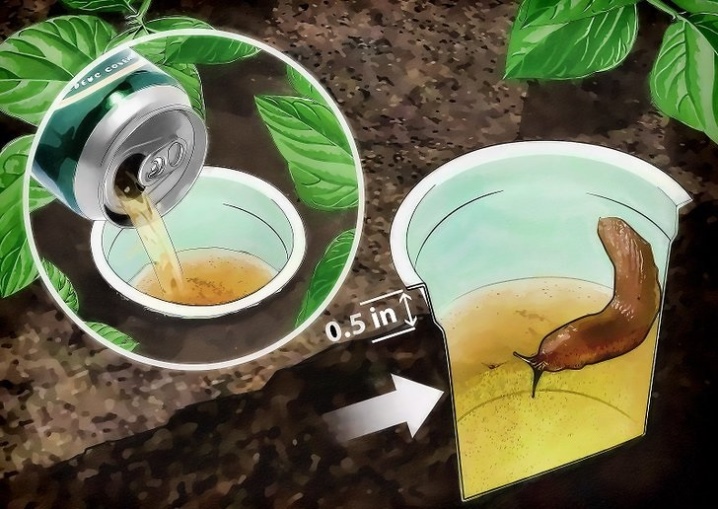
Moles and mice love to feast on Eremurus. They are especially attracted by the roots, after damage to which the plant disappears. Therefore, eremurus, which are lagging behind in development and are distinguished by a stunted appearance, should be dug up. In case of damage to the root system, you need to cut out all damaged areas, process the sections with wood ash and wait for them to dry. After that, the plant can be planted again in the ground. To get rid of the mice, you will need to place poisoned baits around the site, while you should note that the rodents are vegetarians.
If we talk about diseases of the eremurus, it is worth noting the most common.
- Rust. When moisture stagnates, the leaves of the plant are covered with brown or black streaks, which indicates a disease such as rust. Without proper treatment, the bush will quickly lose its attractive appearance. You should immediately apply a fungicide, for example, "Zaslon", "Fitosporin", "Topaz", "Barrier" and others.
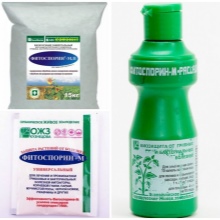
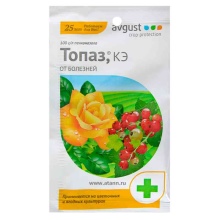
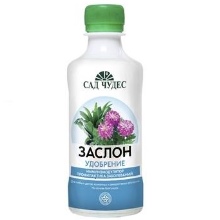
- Chlorosis. This disease manifests itself in the fact that the leaf plates begin to turn yellow or pale.The affected bush should be dug up, and then treated in the same way as with rodents.
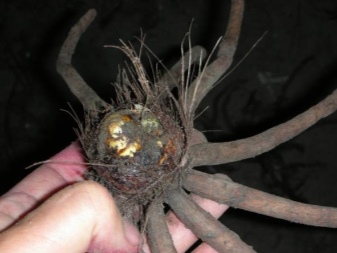

- Viral disease. If the leaflet is covered with bumps and yellow spots, then this is the first sign of a viral disease. The carriers are often aphids, bugs and thrips. Unfortunately, no effective drug has yet been invented. As a preventive measure, it is worth removing harmful insects. Damaged bushes will have to be dug up and destroyed to prevent the spread of the disease.
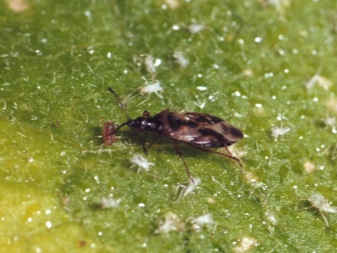
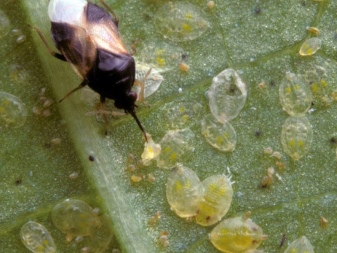
Use in landscape design
Eremurus needs carefully selected neighbors. Sun-loving plants that are not demanding for watering are perfectly combined with it. These include euphorbia, sage, yucca, cereals, daisy, ornamental onion.
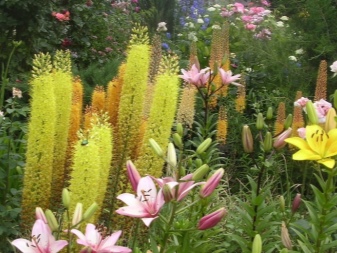
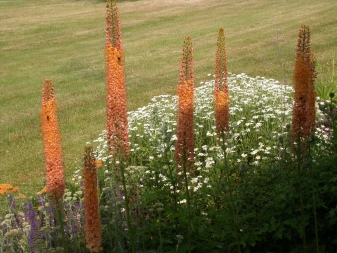
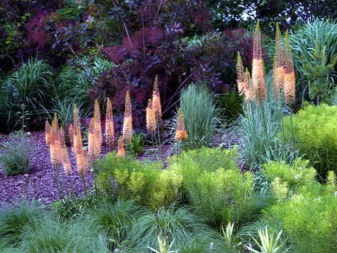
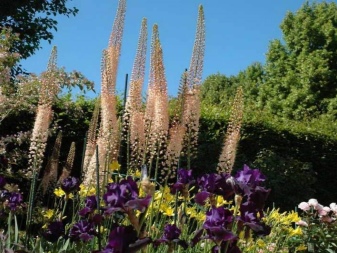
Since eremurus are quite tall, they are often used to decorate the background in a flower bed or in a flower garden. It is worth noting that the eremurus is an ephemeroid, which means that the plant dies off after the growing season. As a result, voids are formed, so it is worth covering such islands or replanting other plants there.
Features of growing eremurus in the video.







































































































The comment was sent successfully.